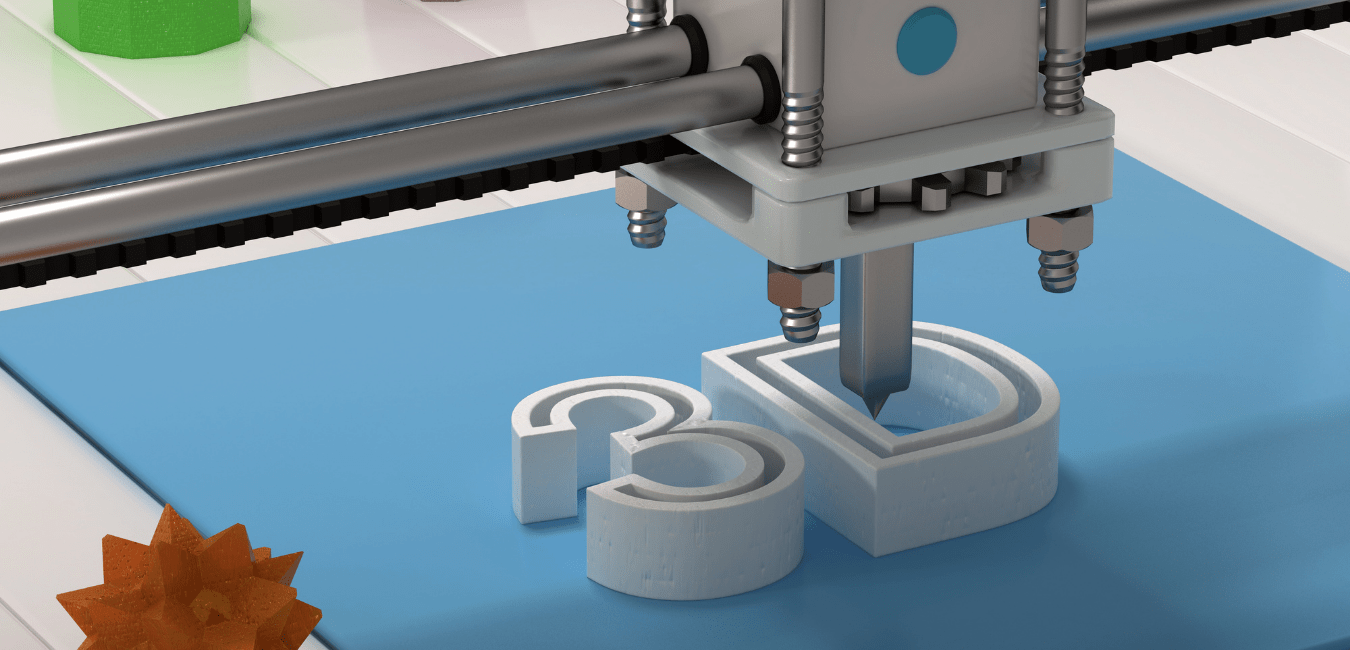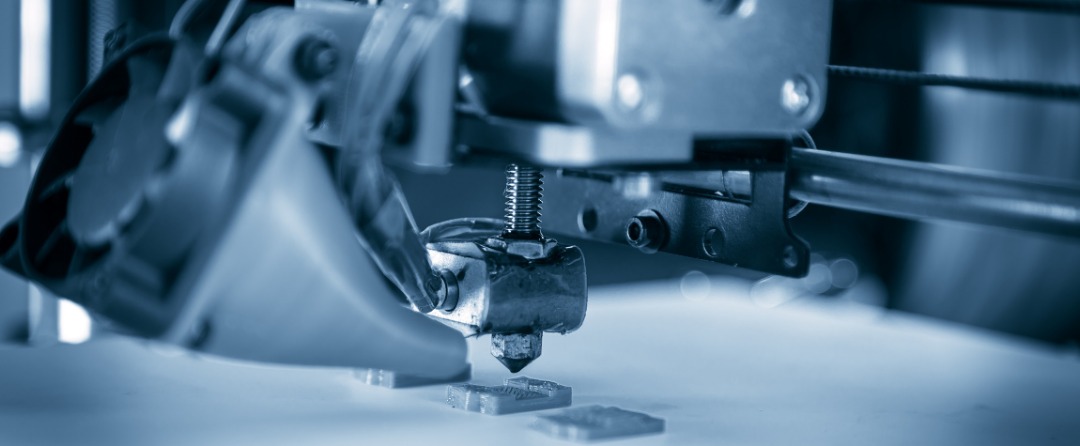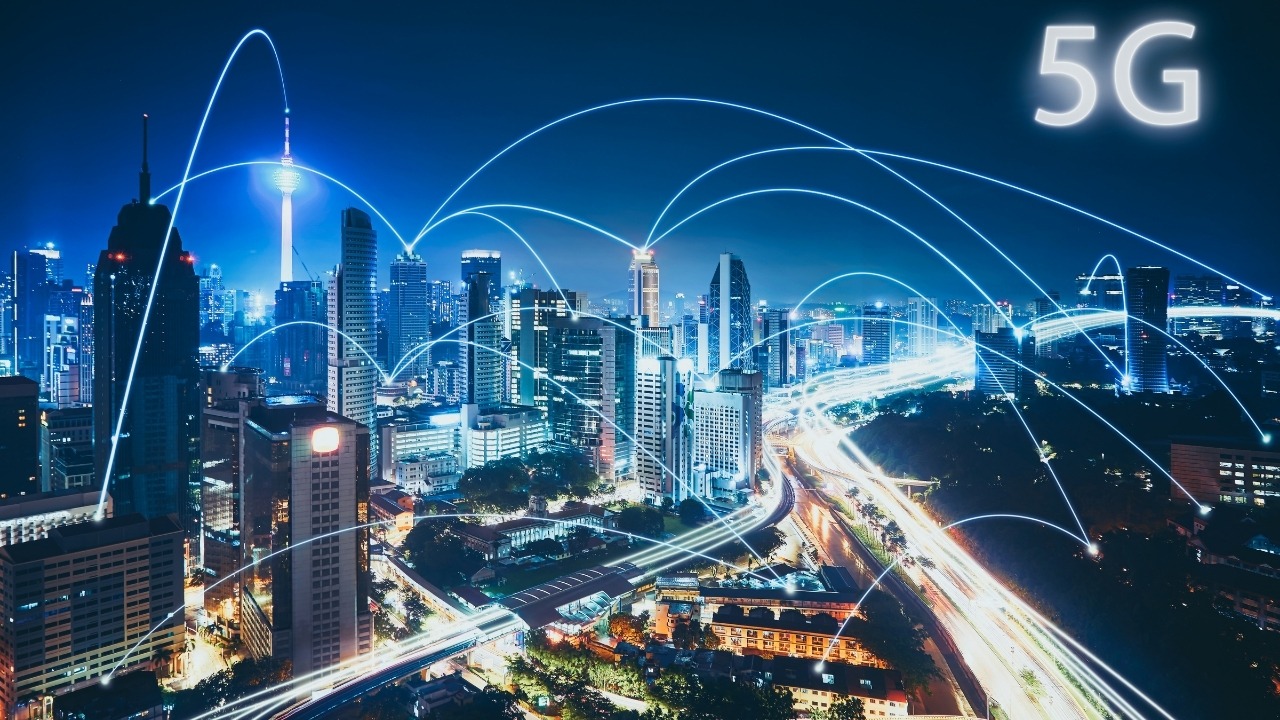Advantages and disadvantages of 3D printing

Mass production presents a variety of challenges for society in the 21st century, both in terms of the relationship with the well-being of the environment and with the sustainability of the supply chain in relation to the demands of consumers: the world’s population is growing every day and, with it, their needs for products and services.
In addition, people are no longer just looking for efficient products, but also for unique products that reflect their tastes and personalities, not something that everyone else has.
This is why, in view of the challenges facing large-scale production worldwide, 3D printing presents itself as a solution that still requires a lot of research and brings many investment possibilities in various sectors.

Large structures built with 3D printing technology
New technologies allow humans to explore and expand the limits of what can be achieved. 3D printing is an example of this, as it has revolutionized many industries, including construction. With 3D Printing, new structures are being planned on a daily basis and as an investor, it becomes an attractive and modern investment option.
The 3D investment in the world
In April 2021 the pollster* surveyed 1,200 professionals from more than 20 industries, finding that in 74% of cases these or the companies they represented will devote a portion of their investment in new 3D printing technologies.
However, like any technological advancement, there are advantages and disadvantages to 3D printing, which we will explore below.
Advantages of 3D printing
Its versatility allows the use of this technology in many sectors that are part of people’s day-to-day lives, including healthcare, retail and construction.
Depending on the type of printer and the 3D printing application, different materials can be used, from plastics to fiberglass and metals for the most demanding purposes. Even organic materials can be used.
3D printing is an accelerated form of additive technology, allowing work that would take days or months to be done in minutes or weeks (depending on the size of the project). Recently, in China, a fully functional 10-story residential building was built in just 28 hours.
Its characteristics of accelerated production and use of diverse materials could serve to solve major problems of humanity: such as the shortage of decent housing at affordable costs or the need for high-tech medical prostheses, accessible in different countries of the world.
The customization of products is another attractive feature of this new technology, since it would only be necessary to make small modifications in the digital design of the product to bring it to reality, reducing costs for both the company and its customer.
Disadvantages of 3D printing
However, one of the biggest challenges in the use of this technology is that, although there are low-cost printers that we could use even in our homes, they have many limitations in terms of print quality compared to the expected design, as well as the use of materials and colors.
High quality or industrial 3D printers have high costs, so a large initial investment is required to use this new technology (but, even so, it is cheaper than using traditional prototyping machines, which can cost 10 to 20 times more than a 3D printer and require more time and human intervention to do the same job).
In the case of industries with very specific needs, such as healthcare or construction, specialized 3D printers are required, created specifically for the work to be done: whether it is printing a prosthesis or a house. This means an extra investment of time and money.
The 3D printing market still has a lot to offer, but it is shaping up to be an investment trend for the next 10 to 20 years,* and some engineering specialists have even stated that it is the future of production in all industries.}
Related news
-

5G technology, an industry called to change the world
The 5G generation is expected to generate a worldwide economic value of 12.3 billion dollars by 2035, which represents an important field of action for investors.
-

Advantages and disadvantages of 5G technology
To think that the future is still far away is to forget that tomorrow is already the future, and we will be living it as soon as we open our eyes at dawn. In this path of technological advances, we went from having a truly pocket device that was used to make and receive calls from (almost) anywhere (1G), to being able to make up for that need by choosing to send a text message instead of calling (2G).

















